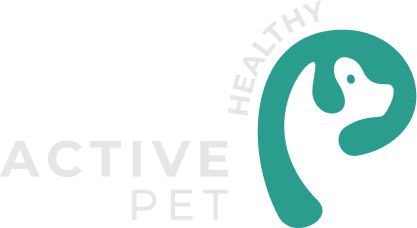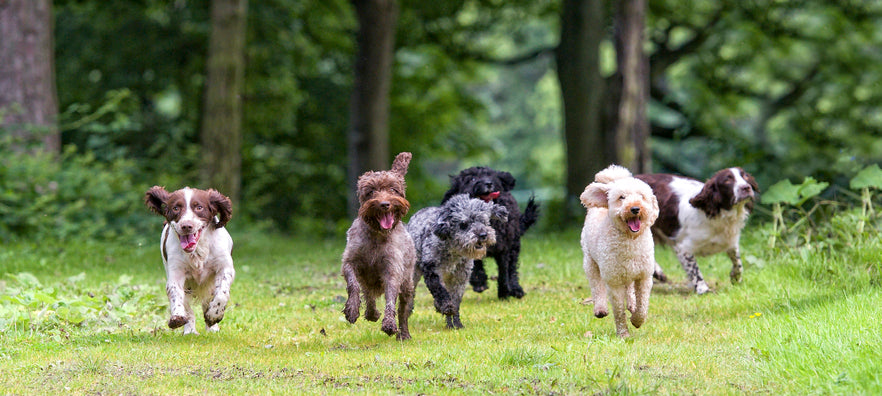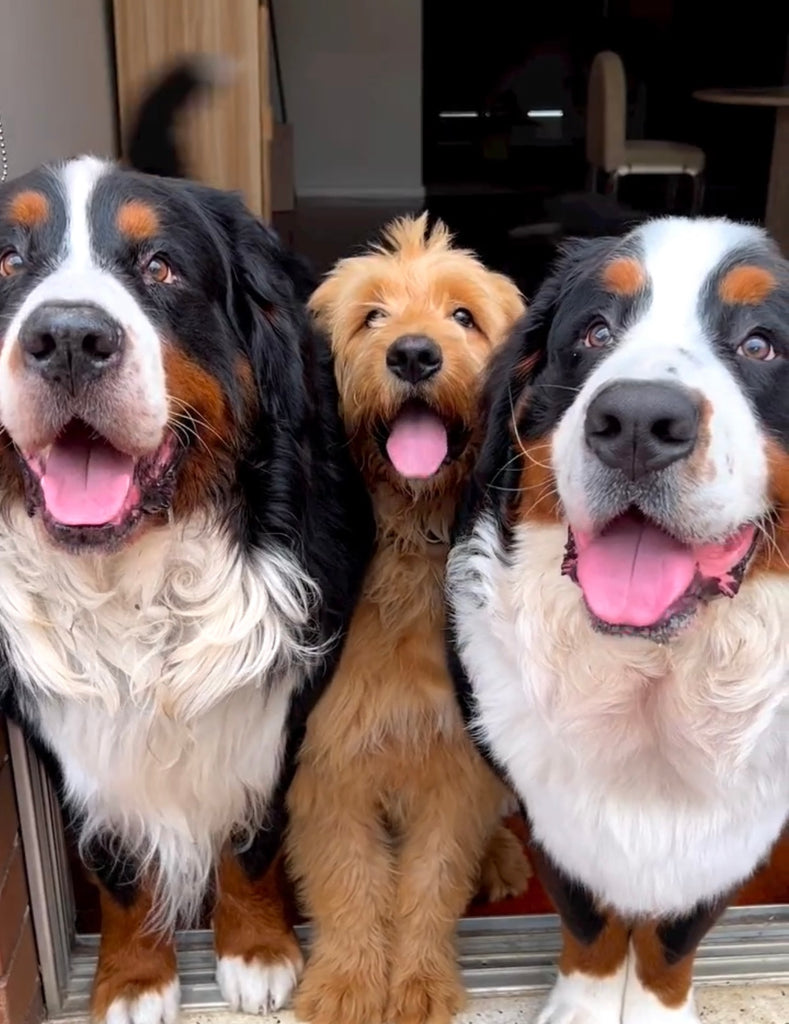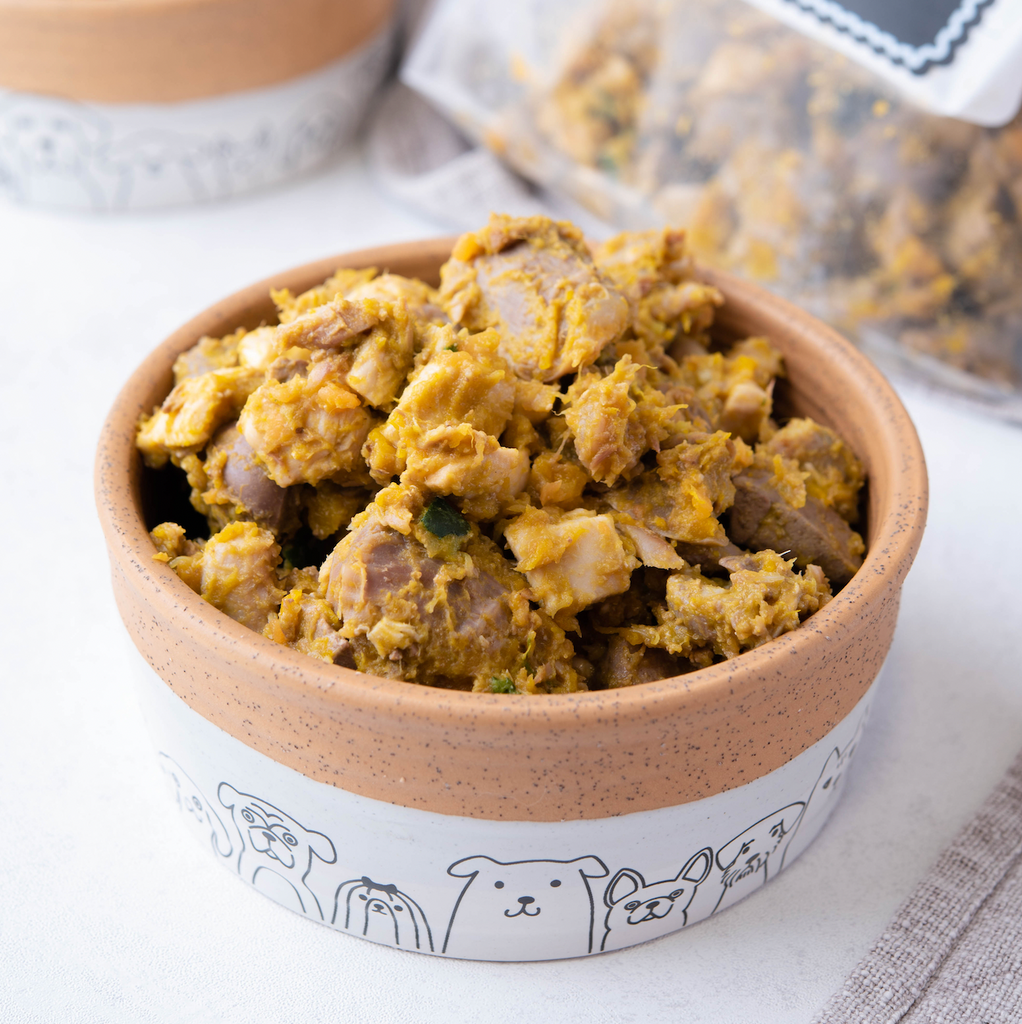
How Much Food Should I Feed My Dog?
It can be super confusing working out how much your pup should have and there is no 100% correct answer as each animal is different.
The Healthy Active Pet recipes are all formulated to a similar calorie density, ranging from 850 – 1100 calories per kilogram, with an average around 950 calories.
You can check out our best selling recipe eBook here

P.S All our recipes have been formulated to meet the same standards commercial pet food in Australia is generally formulated to meet (the AAFCO standards)

If you’re used to feeding dry food it can be a little bit confusing to compare calories with fresh food, because they’re really very different . This is largely due to the natural water content in fresh food, meaning that it has a lower calorie density, but you feed more of it.
But water is the most important nutrient we consume, and generally most of it would come from our food, so that’s definitely not a bad thing!
To give you an idea of how they compare, a typical weight management dry food is 270 calories per 100g, whereas these recipes are more like 100 calories per 100g.
The dry food recommends 146g per day for a 10 kilogram dog (a teeny tiny portion!), which works out to be 394 calories.

We would recommend 250-300g per day of fresh food, which is only 250-300 calories. (you can get access to our meal plans and recipes here)
They are getting less calories with fresh food, but a far greater nutritional outcome and as a bonus they stay hydrated.
This means that you can be more generous with portions if you find your dog is still very hungry, and you don’t have to deprive them of the joy that dinner time brings. It’s no wonder dogs that eat real food have less issues with weight management.
There’s even plenty of room for treats!

You can work out your dog’s recommended portions using a calorie calculator (eg . https://petnutritionalliance .org/ dog .php), but we find they often massively overshoot the mark when feeding a fresh diet, and this may actually lead to weight gain.
They tend to be designed for processed foods and sometimes the recommendations are as much as double what we recommend.
This is to do with the fact that protein and fat make up the bulk of a fresh diet, whereas carbohydrates make up most of a processed diet.
Ultimately, how much you need to feed your dog depends on your unique pet, and there is some trial and error involved in working this out initially.
They are just like us and some dogs will naturally have a faster or slower metabolism than average.
Some will be very food motivated and hungry, whereas others are a bit more indifferent to mealtimes.
If your dog does need to lose some weight, then we have our weight management 4 week program and on this we are aiming for slow and steady weight loss, so there’s no need to drastically limit their food.
Because the food is generally far healthier and better suited to canine metabolic needs, it will likely result in fat loss and muscle gain even if you don’t restrict portions at all .


Below is a guide based on what you want your dog’s ideal weight to be . So if your dog weighs 12 kilograms but should be more like 10 kilograms, feed them according to this guide as if they weigh 10 kilograms.

Shop our products

You can see our raw freeze dry foods here
Or you can get full access to our 4 week meal plan programs and raw food recipes here




